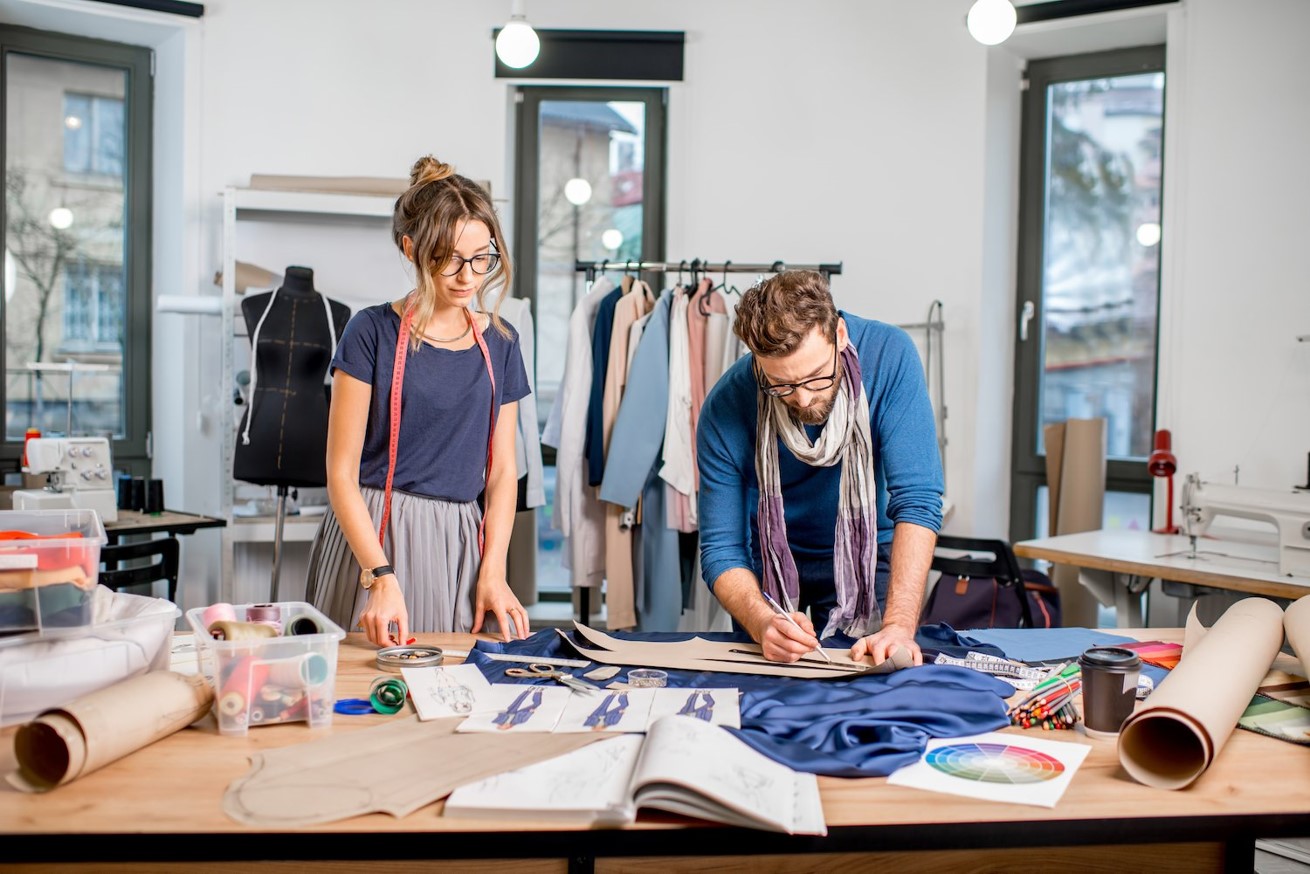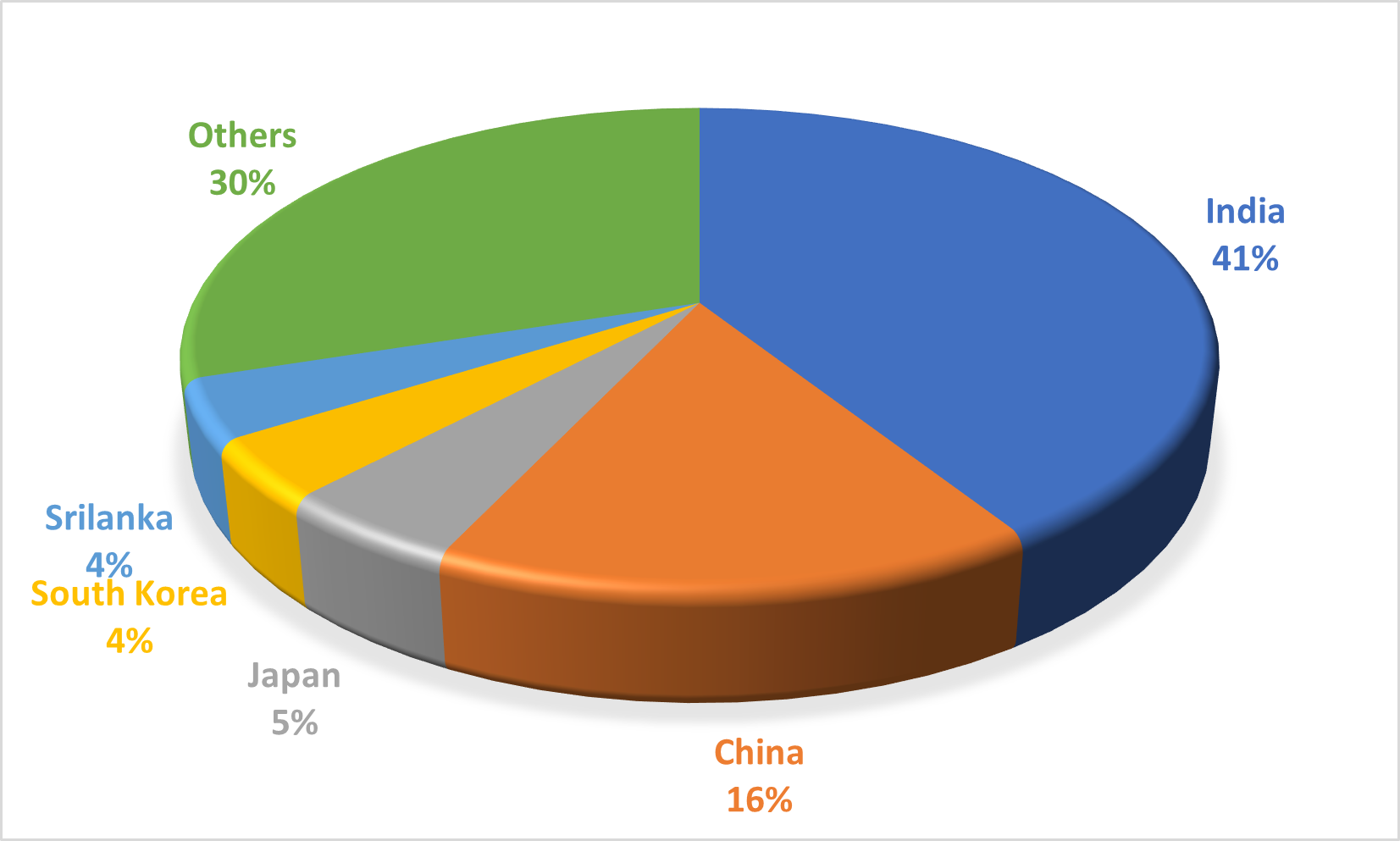Questionnaire on Backward linkage industries of RMG sector
Backward linkages mean the necessary industries for a forward linkage industry. Spinning, knitting, dyeing, etc. are the backward linkages of RMG sector. Backward linkages are the processes by which one company or industry uses inputs produced by another company or industry. Bangladesh is only capable of knitting and finishing in the knitwear industries, and it lags behind in producing yarn and textiles, which are crucial components for the woven industry. Only accessories saw success because they were able to meet 80% of domestic demand. How well RMG sector links can operate both backward and forward is a key factor in the success of the apparel industry. The production flow is likely to be disrupted if the manufacturer has effective control over the supply of the raw materials, components, and support services required to make the finished product.
After the removal of quotas in 2005, Bangladesh’s RMG industry now faces intense competition in the international market for garment exports. This industry also faces a number of difficulties, including unskilled labor, inadequate infrastructure, an electricity crisis, a gas shortage, insufficient bank loans with high interest rates, high tax rates, complex social compliance requirements, political unrest, lack of new investment, weak backward and forward linkages, etc. To overcome these obstacles, a number of cooperative and coordinated actions by owners and significant stakeholders must be made in order to achieve the ultimate aim of taking the top spot in the global garment market.
Backward linkages of the RMG Sector in Bangladesh
Some fundamental but important questions are discussed in this article to portray the backward linkages of the RMG Sector in Bangladesh.
- Cotton
- Yarn
- Grey fabric
- Finished fabric
- Trims
- Accessories
- Other materials
- As per buyer requirement
- Due to unavailability
- For R&D requirement
- For better quality
- Others
3. Typical certifications that buyers ask for raw materials
4. What do you consider when selecting a supplier?
- Previous trade relationship
- Quality and certifications
- Less price
- Buyer’s requirement
- Reputation and capabilities
- Others
5. What are the top local companies for supplying cotton fiber?
6. What are the top foreign companies for supplying cotton?
7. What are the top local companies for supplying trims?
8. What are the top foreign companies for supplying trims?
9. What are the top local companies for supplying accessories?
10. What are the top foreign companies for supplying accessories?
11. Average in-house time for different raw materials? (such as – cotton 5 days, trims 3 days etc)
12. Major challenges of procuring items in backward linkages in Bangladesh?
13. Why do you think local backward linkages industries are not growing in Bangladesh?
14. What are the disadvantages of foreign backward linkages in RMG sector?
15. What are the backward linkages transportation modes?
- By sea
- By Air
- By land
- Scarcity of arable land
- Lower price of cotton for the farmers
- Lack of research
- Lack of investment
- Others
- Lack of machines
- Lack of entrepreneurship and innovation
- Lack of technology
- Lack of investment
- Others
- Poor quality
- Lack of certification
- Lack of investment
- Lack of raw material
- Others
- Poor quality
- Lack of certification
- Lack of investment
- Lack of raw material
- Others
- Low number of woven industries
- Increased price of yarn
- Sourcing price hike
- Buyers unwilling to pay more
- Others
- Low transportation cost
- Less transportation time
- Urgent purchase of materials possible during manufacturing
- Easy to communicate
- Others
- Hard to ensure right material at right time
- Material in-house time is longer
- Uncertainty of material flow
- Possibility of bottleneck in manufacturing
- Others
- Increase investment
- Increase research and innovation
- Providing incentive for entrepreneurs
- Motive buyers to nominate local suppliers by ensuring higher quality materials
- Others
- Strongly disagree
- Disagree
- Neutral
- Agree
- Strongly agree
- Strongly disagree
- Disagree
- Neutral
- Agree
- Strongly agree
- Strongly disagree
- Disagree
- Neutral
- Agree
- Strongly agree
- Strongly disagree
- Disagree
- Neutral
- Agree
- Strongly agree
- Strongly disagree
- Disagree
- Neutral
- Agree
- Strongly agree
- Strongly disagree
- Disagree
- Neutral
- Agree
- Strongly agree
- Strongly disagree
- Disagree
- Neutral
- Agree
- Strongly agree
- Strongly disagree
- Disagree
- Neutral
- Agree
- Strongly agree
- Strongly disagree
- Disagree
- Neutral
- Agree
- Strongly agree
- Strongly disagree
- Disagree
- Neutral
- Agree
- Strongly agree
- Strongly disagree
- Disagree
- Neutral
- Agree
- Strongly agree
- Strongly disagree
- Disagree
- Neutral
- Agree
- Strongly agree
- Strongly disagree
- Disagree
- Neutral
- Agree
- Strongly agree
- Strongly disagree
- Disagree
- Neutral
- Agree
- Strongly agree
38. Anything you want to share about the challenges and limitations of backward linkage of RMG sector in Bangladesh?
Check out these related articles:








2 thoughts on “Backward Linkages 2.0: Elevating the RMG Sector’s Prosperity”